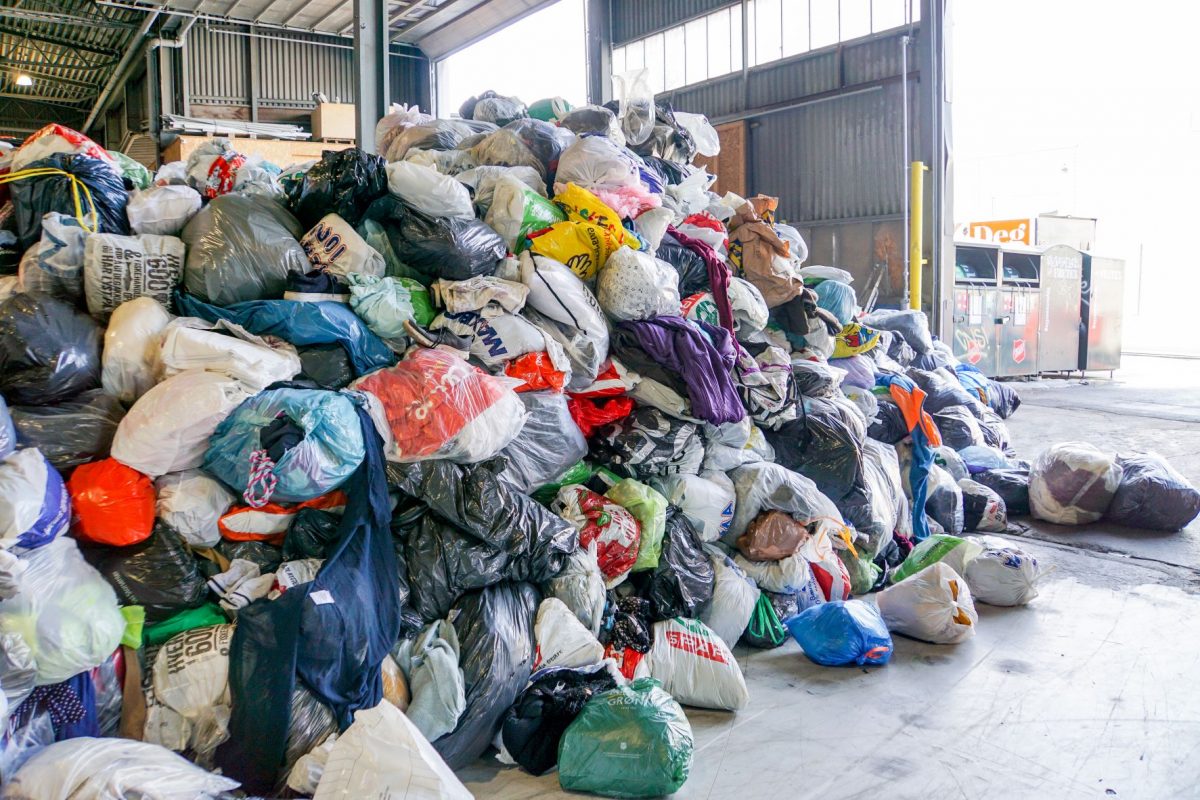EU wants data on textile waste, and we have the answer

Text by Tone Skårdal Tobiasson
The proposal for the Waste Framework Directive, which is currently being read and analyzed by a myriad of companies, NGOs, researchers, policy-makers and interested citizens throughout Europe, handles two major consumer ‘goods’: Textiles and food. We are mainly concerned with the former, however, we have found that food offers us two good guiding principles.
The first one is to eat up what is on your plate. The second is waste audits as a means to gain meaningful knowledge on what gets “eaten up” and what doesn’t. In three separate documents, we ask the EU to heed these two guiding principles and apply them to apparel and other textiles.
One of the documents is our feedback on the textile part of the Waste Framework Directive (read the document here), where the authors have concrete recommendations for ensuring that the policy measures in the WFD can actually contribute to the EU’s ambition of putting fast fashion out of fashion. Currently, the Duration of Service is what is lacking in the available data (how long apparel has been in use and to what level the apparel and textile waste is ‘used up’ ), but even if the background document (#4) states “There is currently no sound method of estimating textile waste (collected and discarded in mixed municipal waste)”, this is just not true. And the two other papers elaborate on exactly this point. Waste audits/waste composition studies – which are very much used when gaining data on food waste – and wardrobe studies – are well-developed methods.
The document Status for developing methods for using waste as a resource for knowledge about the use phase of clothing (read the document here), offers an overview of exactly the current status for these methods, while the document USED, BUT NOT USED UP: Using textile waste to inform textile rating schemes (read the document here) explores how the data-collection methodology using waste audits can underpin several policy measures, such as the Product Environmental Footprint Category Rules, Ecodesign for Sustainable Products Regulation (ESPR), Labelling and Digital Product Passport (DPP), the Green claims directive, as well as EPR and the WFD. We have called the ongoing waste audit method for Targeted Producer Responsibility (TPR), as we originally saw it as a more effective means for levelling a EPR fee, using the Duration of Service as the measuring stick. However, we also now have realized that taking the waste as the point of departure, has many other ramifications that can be leveraged.
The cut-off point for feedback to the WFD keeps being postponed, but we encourage everyone to respond, as a functioning EPR scheme which actually takes the waste hierarchy seriously, can be reality, if we use waste audits as the basis for eco-modulating the fee. What we urgently need is for companies to add the date of production or when the product goes to market to the brand label. Then we can look both upstream, and downstream, from the time apparel and other textiles enter the different waste streams.